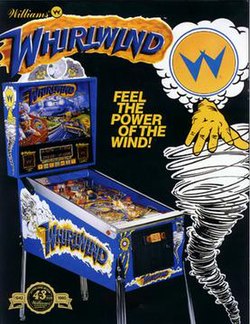고정 헤더 영역
상세 컨텐츠
본문
How Can You Authenticate Original Autographs? If an autograph on a glossy photograph appears to be beneath the gloss, and there is no indent to indicate the passage of a pen across the surface, then it is likely the autograph is a preprint, meaning the autograph is part of the image and is a copy of the original.


If the surface of the photograph is indented, the autograph is more likely to be real, but it could be the work of a stamp or autopen. Autopens and stamps apply ink evenly across the whole autograph. Consistent pressure, particularly at the end of the autograph where the pen would normally lift from the paper, is a sign that the signature may be the work of a stamp or autopen. If close examination reveals a series of dots comprising the autograph, then it is printed rather than written. How Can You Display Autographs? Autographs look attractive on display, but it is important to place them strategically to avoid wear. Exposure to direct sunlight causes ink to fade, and damp conditions can do irreparable damage to paper.
Magic Ball Deluxe Serial

Displaying autographs behind glass in a dry location away from direct sunlight ensures the item stays in the best condition possible. What Determines the Value of a Sports Autograph?
Many different factors determine the value of an autograph, including its age, how clear the impression is, and the object that the signer autographed. A signed scrap of paper is less valuable than a signed home-run baseball, and a signed concert stub is generally less desirable than the same autograph on a glossy publicity photograph. Documents with historical significance are incredibly valuable; the original signed contract for the sale of Babe Ruth to the New York Yankees is worth almost 1 million dollars.




